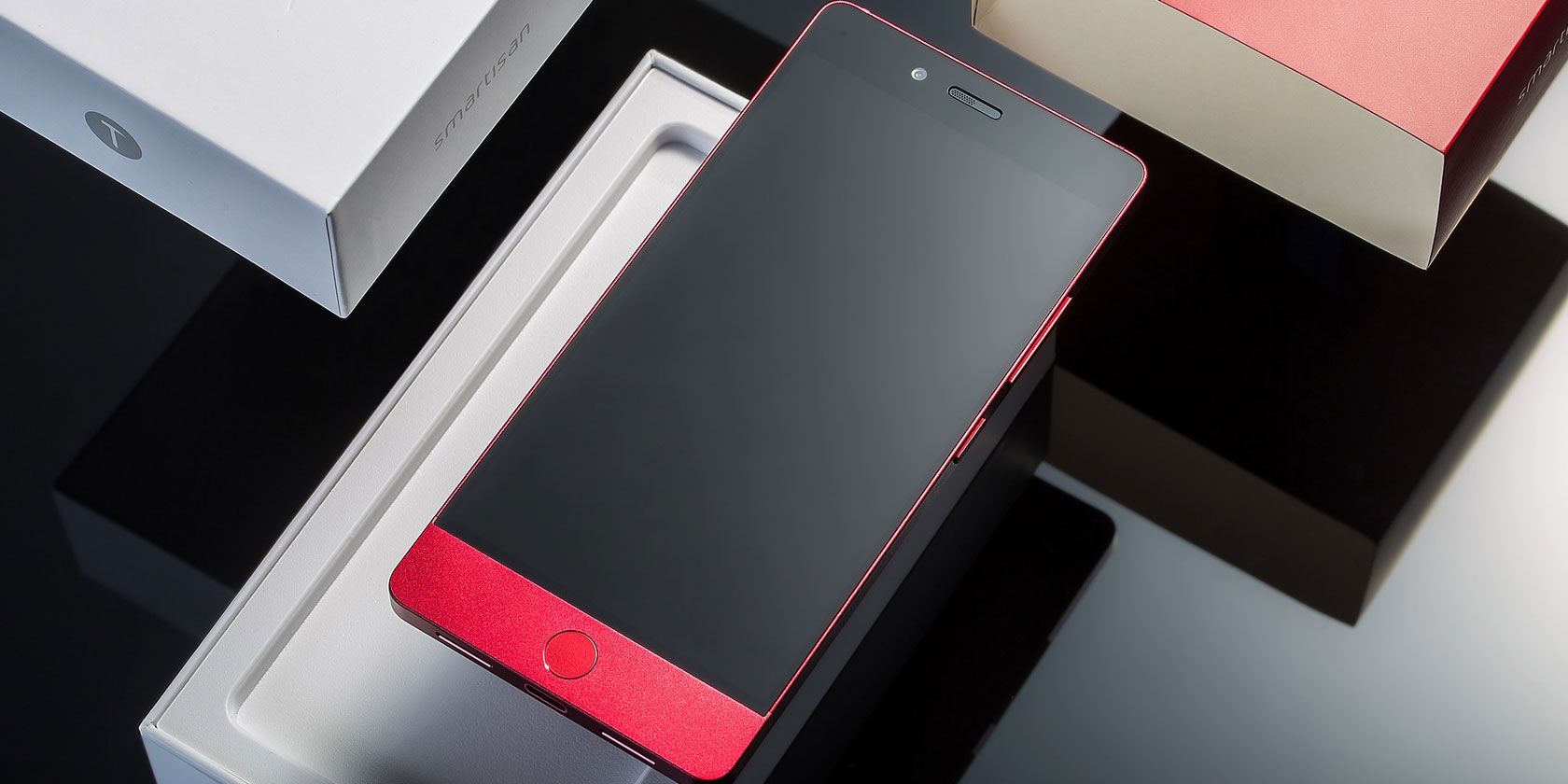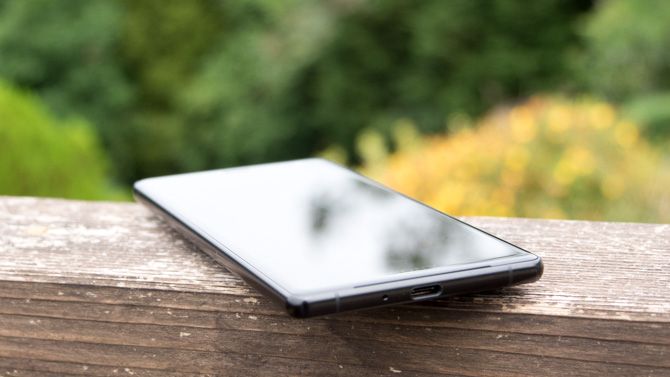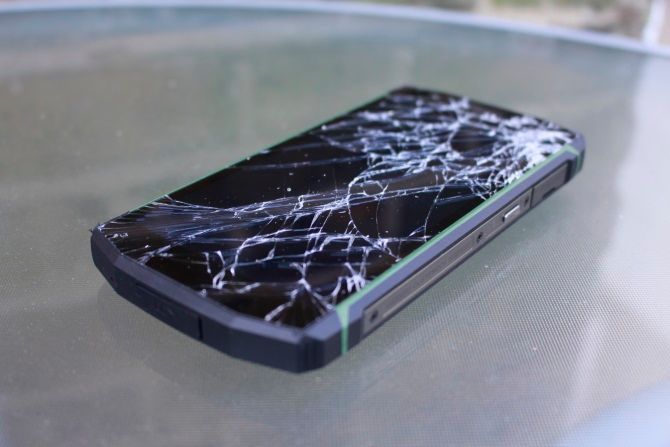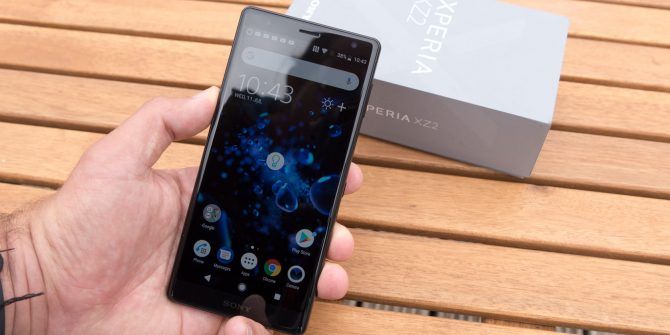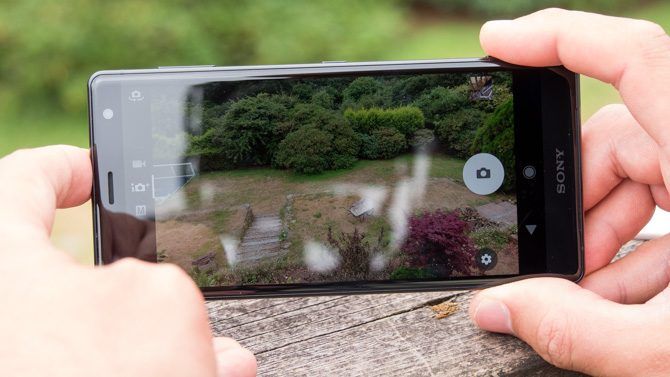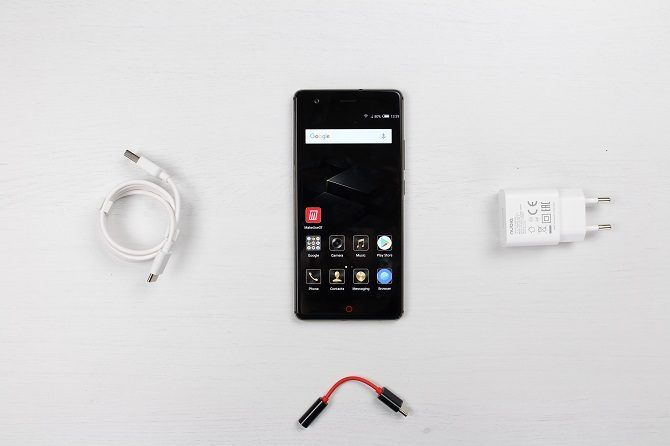Buying a smartphone is a complicated process. You have to worry about whether it's powerful enough, whether its camera can take Instagram-worthy portraits of your dog, the design, and more. But those, sadly, only scratch the surface.
There are a host of other aspects you should consider which might seem trivial but can significantly affect your experience.
Here are some overlooked features you should check when buying a new smartphone.
11 Features Your Next Phone Needs
The majority of smartphones today check all the items off an essentials list. Therefore, it usually comes down to your preferences which is where the following aspects matter.
- Oleophobic coating
- Gorilla Glass
- LCD or OLED?
- Storage type
- The right software pre-installed
- HDR for selfies
- Dedicated noise cancellation mic
- Quick charging
- Accessory support
- Notification LED
- Gyroscope
Here's why these features are important and what happens if they're not present.
1. Oleophobic Coating for Smooth Scrolling
Apart from the screen's resolution and how bright it is, one other detail you should always look into is if the phone's display has an oleophobic coating. Jargon aside, it's an extra thin layer which prevents the screen from accumulating any sort of grease.
On smartphones, that usually comes from fingerprint smudges.
Therefore, if the phone's screen doesn't have an oleophobic coating or has one but of poor quality, it will quickly lose its smoothness and get oily in a matter of minutes. It will continue to work but won't be as slick to touch as it was when you first took it out of the box.
While the majority of smartphones today have a decent oleophobic coating, it's not available on all of them. To know whether a particular product has one, you can ask an expert or the company itself. You can even head into a store and use the demo piece for a while to understand how rapidly the display becomes greasy.
2. Gorilla Glass Protection
In addition to the oleophobic coating, you should also make sure the display has a protective layer as well. In most cases, it will be from a company called Corning whose Gorilla Glass can be found on phones in all price ranges.
As the name suggests, these panels add an additional coat of protection to absorb shocks and falls. It's worth pointing that this doesn't guaranty your phone won't be damaged if the phone slips out of your hand, but it will relatively bring down the amount of the impact.
Whether a phone has display protection can be found in their specifications sheet.
3. LCD vs. OLED: Which Do You Prefer?
OLED screens have invariably been hailed as a feature reserved for higher-end phones. While that's mostly true since OLED panels are more expensive, they're not always better.
There are several scenarios where an LCD display can come out on the top.
For starters, LCD screens are brighter which is especially apparent when you're using your phone outdoors. Second, LCD displays have more natural, real colors compared to OLEDs which are known for their saturation and deep blacks.
Therefore, we would recommend selecting between them based on your preferences, not on which one costs more.
4. Storage Type Impacts Response Time
The internal storage affects every action you perform on your phone. While most buyers go over how much storage a phone has, they miss reviewing the storage type, which has a significant impact on the performance.
Storage type determines how quickly apps can write and read data. The best phones out there feature UFS 2.1 storage but if you're looking for a budget phone, make sure it at least has eMMC 5.1. This information can be easily accessed on the official product page or third-party specifications platform.
5. OEM's Software History
The phone you're interested might be advertised with the latest software. But that could be simply a trick if the OEM doesn't have a proven track record in updates. A positive history in pushing software updates ensures that your phone won't take ages to receive the latest build.
This is primarily an Android concern due to its fragmentation issues. Therefore, read up on which companies roll out timely updates.
6. HDR for Selfies
To produce the right balance of foreground and background in pictures, almost all phones today ship with a camera mode called HDR.
For instance, if there's a sharp light behind where you're sitting, HDR tweaks the dynamic range in a way that the output won't suffer in spite of the difficult scene. However, HDR is generally offered on the shots you take with the rear camera.
But if you're someone who clicks more selfies, then you probably need it for the front snapper as well. This is something OEMs have started adding to their phones, so inquire about it for the phone you're interested if you fall in the same group too.
7. Dedicated Mic for Noise Cancellation
With phones becoming smarter and more capable every day, the essentials are getting overshadowed. And one of those is the mic which comes into play when you're on a phone call, recording perhaps a lecture or taking a video.
In order to offer a rich experience in these situations, most manufacturers today add a dedicated mic to their phones for noise cancellation. Some, unfortunately, still don't. So look into this as well before acquiring your next smartphone.
8. Quick Charging: Proprietary or Universal?
Quick charging isn't the kind of perk you will have difficulties finding while searching for a new phone. But the one characteristic you should be on the lookout for is whether that touted quick charging is universal or proprietary.
Proprietary quick charging technologies only work on the company's official, supplied adapter and cable. Therefore, if you lose that adapter or it malfunctions, you will have to again buy the original one which usually costs way more than a universal adapter.
9. Smartphone Accessory Support
A product's accessory ecosystem plays a crucial role as well. Once you have bought a phone, you would be interested in getting a case, screen guards, maybe a charging dock, etc.
To ensure a particular phone has a decent accessory support, you will have to check how well-known the brand is, whether the phone you're buying is popular, and lastly, how similar the phone looks to its predecessors and siblings.
That last part is critical because if the phone doesn't differ much on design, case makers won't have to do much to build cases for it which is why Apple products have an enormous accessory selection. Once you've made up your mind, don't forget to acquire all the essential accessories for your shiny new device.
10. Notification LED Light
The notification light is another little feature you might overlook and regret later. It can quickly let you know whether there's a pending notification or your phone has been completely charged.
A bunch of companies have begun replacing it with always-on displays but if you're someone who values battery life more than anything, the notification LED light is clearly the way to go. Plus, you can customize the notification light precisely however you like.
11. Gyroscope
If you're interested in Augmented Reality applications, don't miss the gyroscope component. While the acceromeleter is sufficient for most users, it cannot determine the rotation of your phone which is a must for AR. That's why you should ensure the phone you're buying has a gyroscope sensor.
Understanding Smartphone Hardware
While having all the aforementioned features will certainly help you decide which smartphone suits your needs best, your research doesn't end here.
There are a host of other technicalities you need to make sure of and to do that, understanding the basics of a smartphone's hardware will always prove beneficial.

